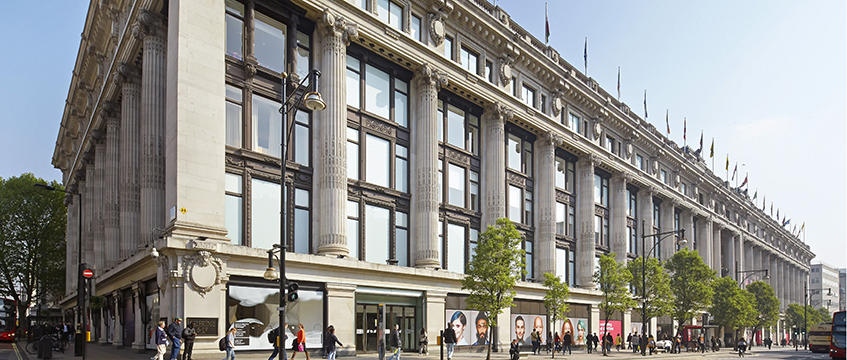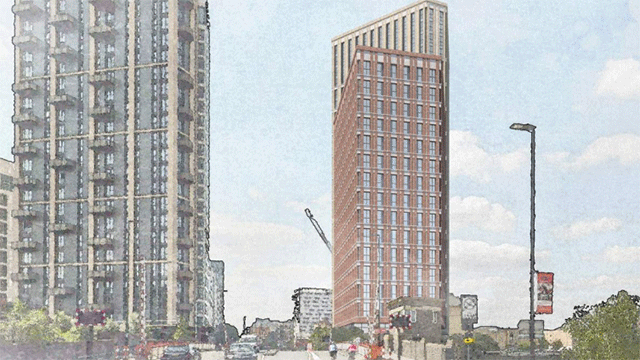The “social” in ESG has long suffered from a lack of comparable metrics and benchmarks, making it challenging to embed in investment strategies.
But a pilot project led by sustainability services company Evora Global and healthy building certification platform Fitwel aims to plug that gap.
The pair have created a new code and measurements called Certified Metrics, designed to streamline the process for incorporating health and wellbeing into ESG reporting.
Buildings and offices will be scored on areas such as air quality, daylight and how a building affects the wellbeing of its surrounding area and community. Property owners will be able to use this to demonstrate the impact their efforts are having on occupants, employees and communities – and compare their performance with their peers.
Fitwel president and chief executive Joanna Frank says: “Given that ‘S’ metrics are still in their infancy in terms of ESG reporting, what matters most is where you stand in relation to the rest of the market.
“This is the appeal of Certified Metrics – in offering a much-needed pathway for companies to maximise the value they are creating by prioritising health.”

Sarah Coughlan, Evora
Sarah Coughlan, Evora’s head of social wellbeing and a fellow of the Institute of Corporate Responsibility and Sustainability, has played a key role in designing the code. She is now working with six real estate companies on the pilot. She explained more.
Why is a codified standard needed?
A lot of people in the real estate industry want to see their properties put to better use and ensure that the surrounding communities benefit from their presence. However, the industry has lacked a way of measuring its impact and companies can’t effectively compare their performance [on this] with their peers. Now, for the first time, we have a codified standard for social in real estate and it is going to be much more research-based than [anything used] previously. This could lead to great things. Social is finally growing up.
Which companies are working on the pilot with you?
BGO, Hudson Pacific Properties, Lendlease Americas, QuadReal Property Group, Tishman Speyer, and Vornado Realty Trust are working with us – they are all on the Fitwel steering committee. We are looking to get to 10 or 11 companies and 300 buildings for the pilot. We want to test it at scale. We don’t want ‘soc’ washing. We’ve got no interest in adding to that, which is why Fitwel makes so much sense as a partner.
What will you be looking at?
The focus will be on six targeted outcomes with proven impact on health and financial value: supporting a high-quality environment; creating climate change resilience and preparedness; engaging with occupants and community stakeholders; promoting equity; optimising asset for walking and active transportation; and enhancing access to natural elements.
How will it work?
Every strategy in the code has a robust academic research base. For example, there will be a resilience KPI for flood defences. Protecting a building from flood risk makes sense from a health and well-being perspective, but it’s also very, very expensive. So the research we are using for that is that every $1 (81p) spent on flood defences will add $7 to asset value.
What happens after the pilot?
Our aim is to have the first lot of submissions in by Christmas and to have the first lot of results in March, ready for annual reports. We will then refine the standard and take it to mass market in April or May next year.
For more on social impact in real estate, see this week’s EG Magazine.
To send feedback, e-mail julia.cahill@eg.co.uk or tweet @EGJuliaC or @EGPropertyNews











